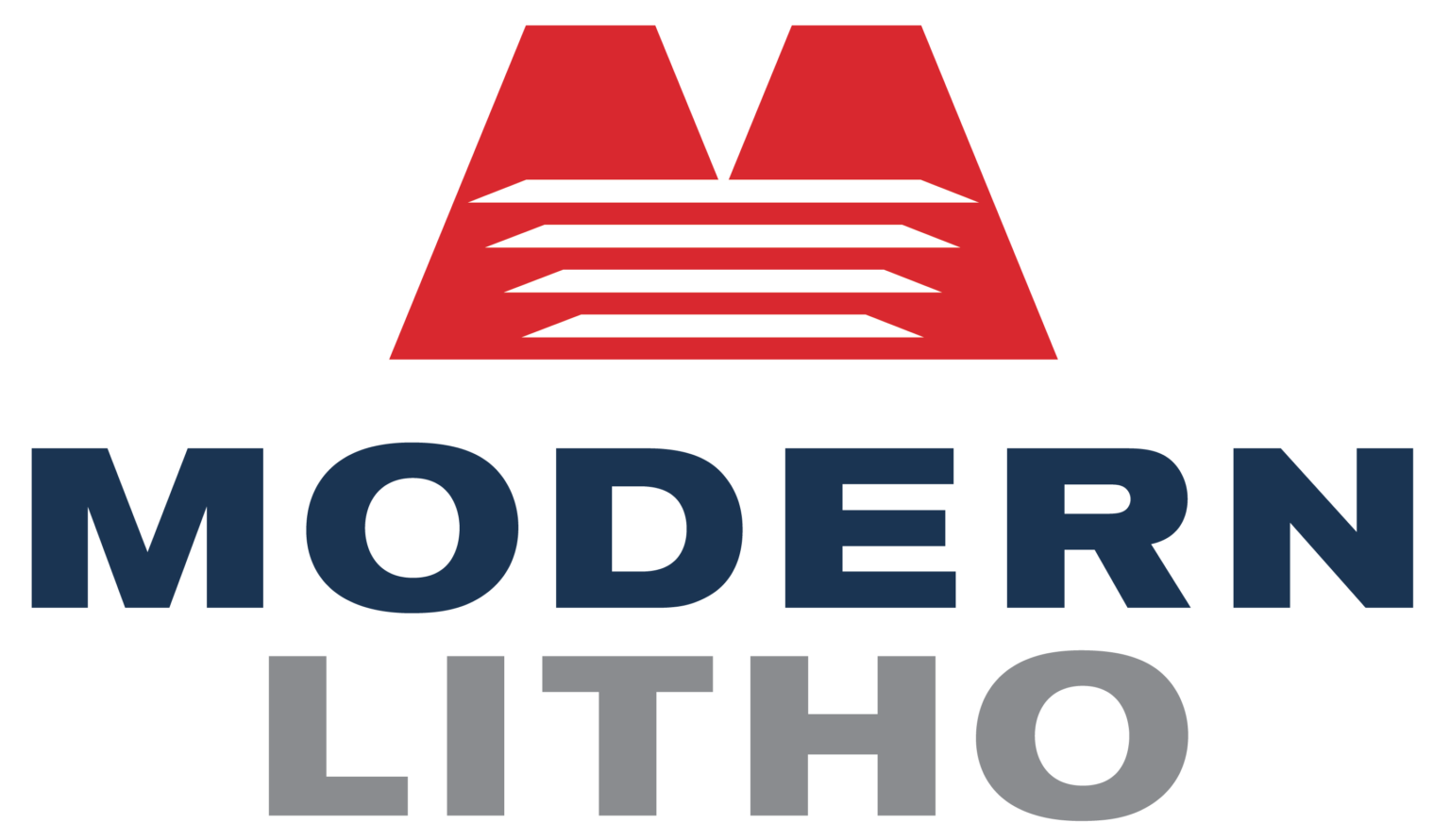Eight Steps to Eye-Catching Page Layout Design
All publications, whether large or small, can benefit with creative and thought provoking page layout design. As with any project, it is important to begin a planning process for your publication and we have the eight factors you need to consider when designing your next publication spread.
- Purpose Before you can create the publication, you need to understand your target audience and the goals you have for the publication. Take the time to create a reader profile to gain a better understanding of who will be reading your publication so that you can make compelling design and copy decisions.
- Size There is no required height and width for your publication. Make the size as unique as your purpose. Consider print costs and your printer’s capabilities during this process to keep within budget.
- Color Deciding your color palette early on will not only save on design costs, but printing costs as well. Make sure that your colors work well together and resonate with your target audience. Remember, RGB is for screen display only. It’s recommended you design your layout using CMYK.
- Margins and “the Creep” Take into account the binding of your publication when determining the margins. Increase the inner margins slightly to accommodate for Creep (Creep is when the inner pages of the publication moving away from the bound area).
- Margins and “Bleeds” Are you using bleeds in your publication? Bleeds are graphics or color that extends to the edge of the page past the trim size. Give yourself a good 1/8” margin to account for bleeds!
- Font Print projects turn out best when using Open Type or Postscript fonts. Open Type fonts are Mac and PC compatible, making them the optimal choice when designing shared files.
- Typography Looking for a great way to spice up your publication? Using creative fonts can help you share your publications message is a unique way. Don’t use too many varying fonts in your layout and keep ornate fonts to a minimum as they are often hard to read. In addition to fun fonts, remember that layout of your copy is just as important. Pay close attention to kerning, tracking, leading, widows and orphans.
- File Types When saving your files, it is important to note that the main file formats for print are TIFF and EPS. Remember that they should be saved in CMYK color mode for optimal printing. Don’t forget to flatten your artwork prior to printing so it takes less time to print. Consult your printer for upload and file format preferences!
We have more than 75+ years of experience helping our customers print and distribute their publications. Let us help you reach your print and distribution goals.
SOURCE: KERN, AMANDA. “PAGE LAYOUT DESIGN.” IMPORTANT FACTORS IN PAGE LAYOUT DESIGN. N.P., 2012. WEB. 31 JAN. 2013.
